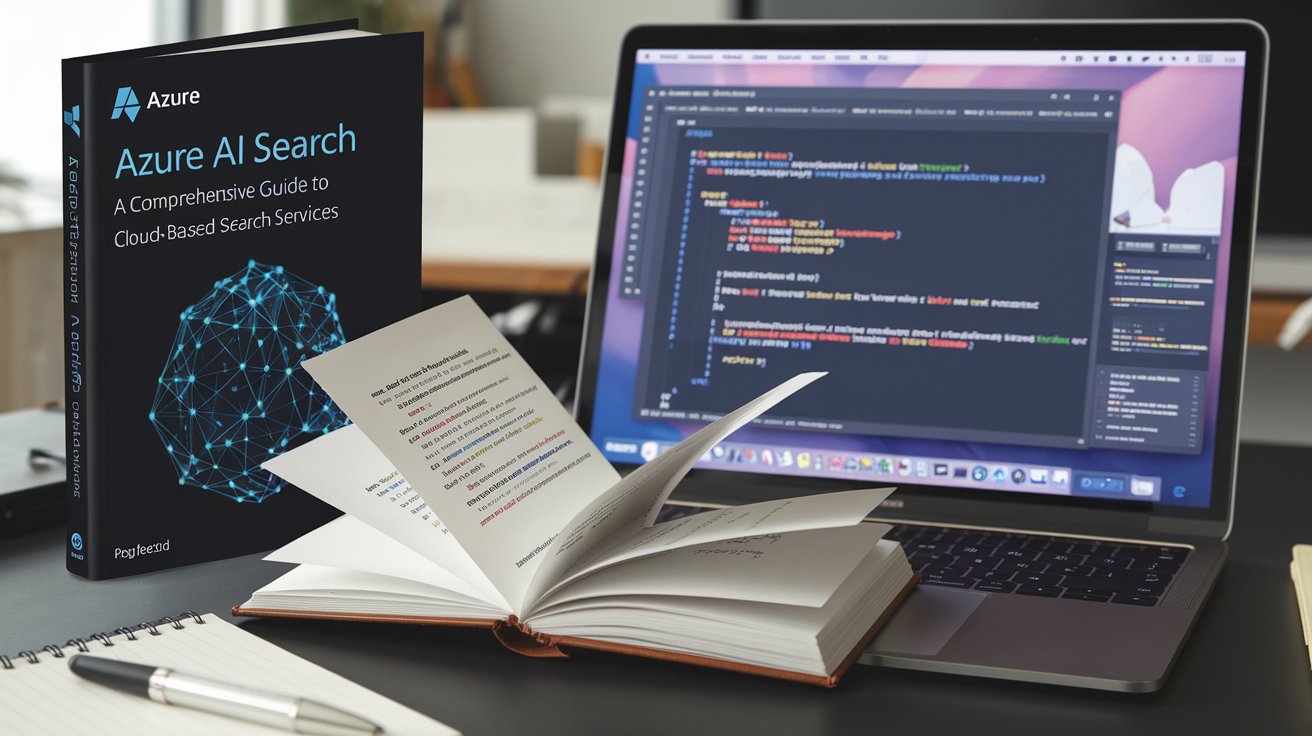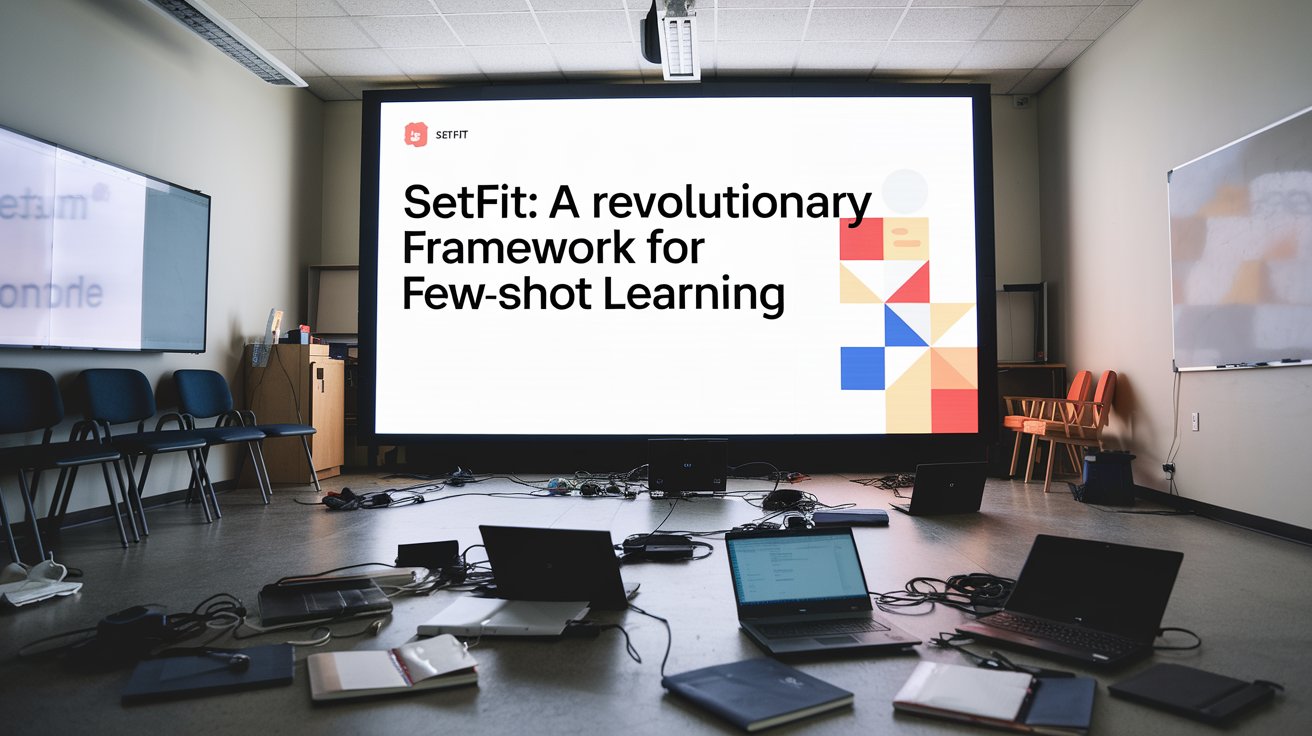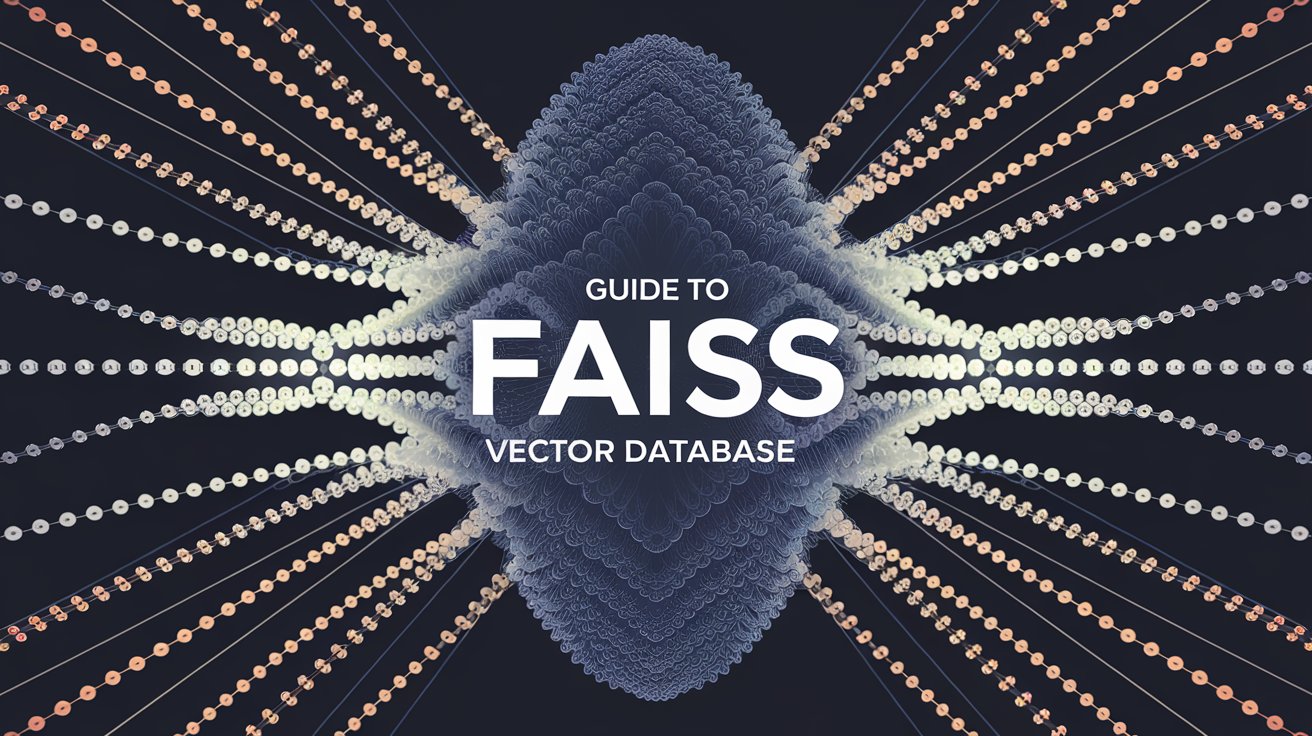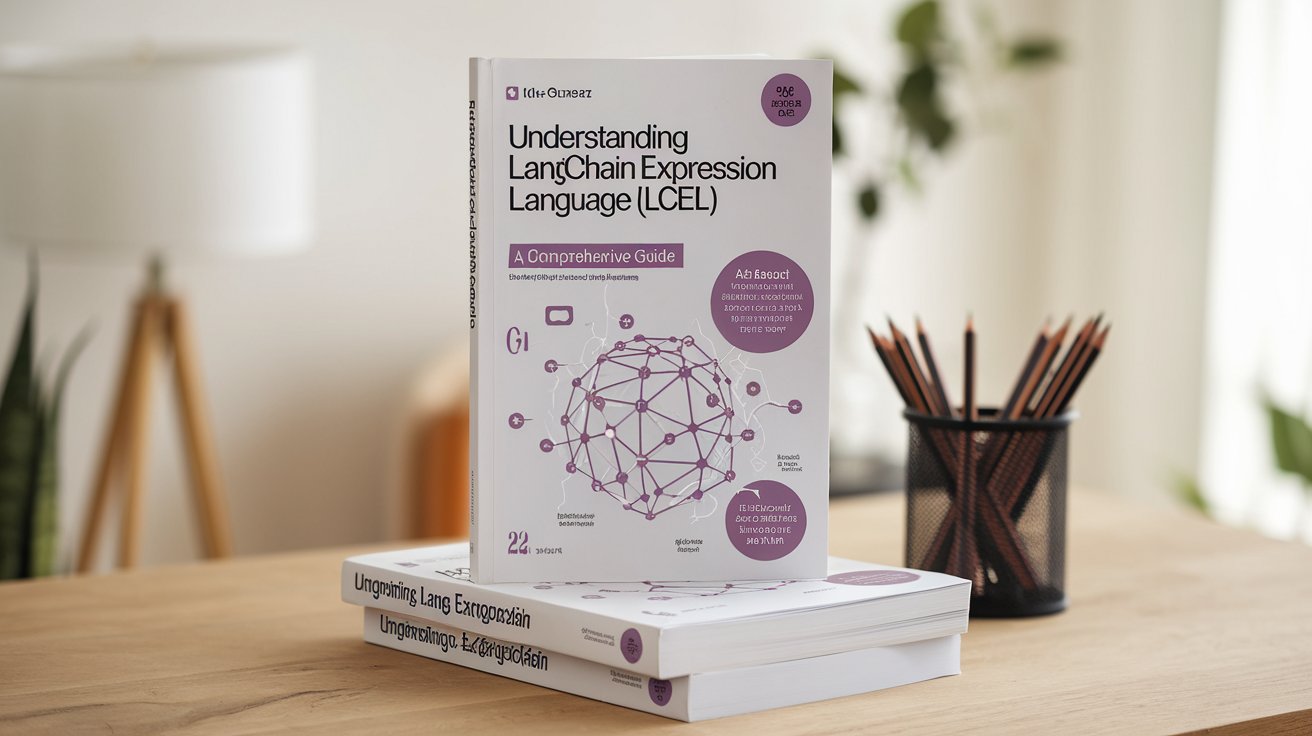LangChain with GPT-4: A Practical Guide
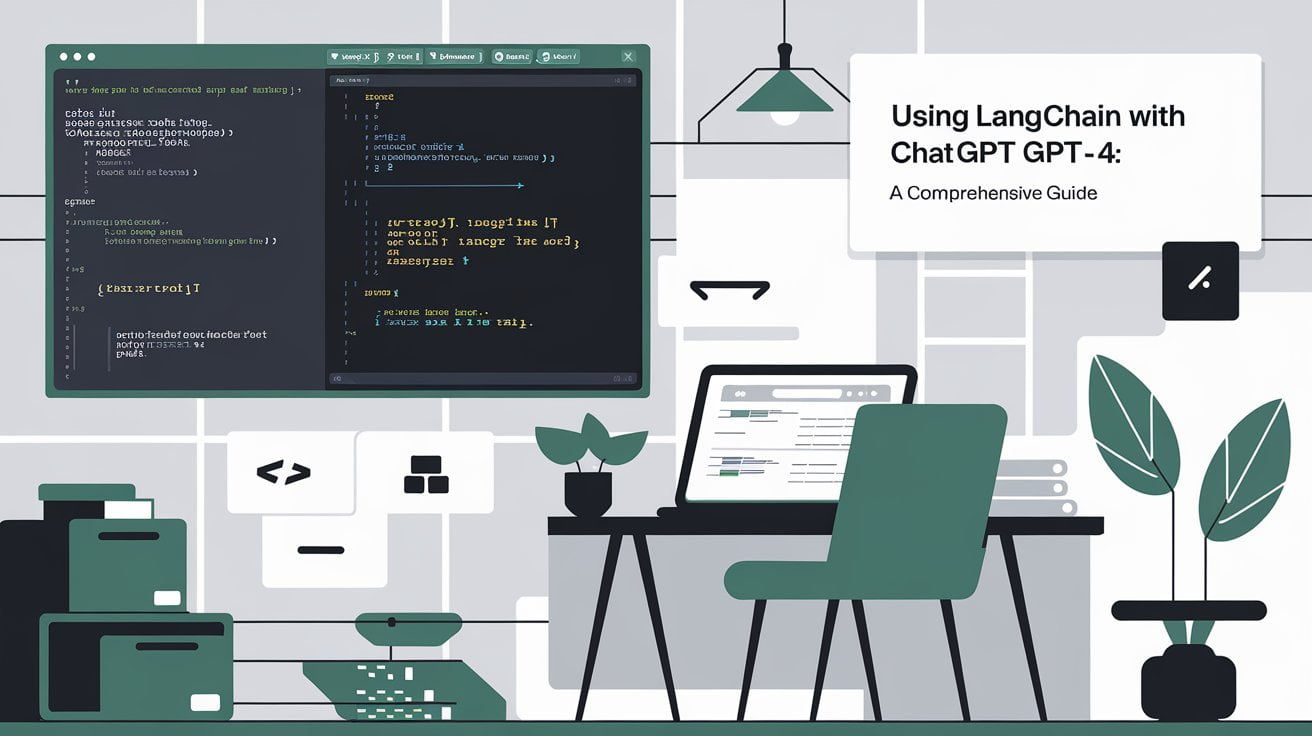
AI is becoming more accessible than ever, and tools like ChatGPT’s GPT-4 and LangChain are leading the charge. If you’ve been curious about how to harness the capabilities of advanced language models or build dynamic AI-powered applications, you’re in the right place. This guide will walk you through integrating LangChain, GPT-4 | OpenAI , and Streamlit to create a simple, powerful AI application.
Whether you’re a developer experimenting with AI for the first time, or someone looking to build smarter, more interactive tools, this guide covers all the essential steps. By the end, you’ll not only understand how these technologies work together but also how to create a basic Streamlit application that utilizes GPT-4’s language capabilities through LangChain.
Why Combine LangChain, GPT-4, and Streamlit?
Before diving into the code, let’s talk about why we’re using these three technologies together.
- It allows you to create applications powered by large language models that can interact with external data sources. It bridges the gap between standalone models and real-world, dynamic, data-driven applications. This makes it perfect for building systems like chatbots, virtual assistants, and personalized content generators.
- GPT-4, as the backbone of the language processing, ensures that the AI is capable of understanding, reasoning, and generating highly accurate, human-like responses. By integrating GPT-4 with LangChain, you not only unlock the raw power of OpenAI’s most advanced language model but also tailor it to more specific, data-rich use cases.
- Streamlit makes it easy to build and deploy interactive web applications without needing deep frontend development expertise. By incorporating Streamlit, you can quickly create user-friendly interfaces for AI-powered applications, making them accessible to non-technical users.
Why these three technologies together? Because they allow us to create powerful AI applications rapidly and with ease. With LangChain managing the data flow, GPT-4 handling the language processing, and Streamlit providing an intuitive interface, you can build sophisticated AI solutions without needing a full tech stack.
Step-by-Step Guide to Install LangChain, OpenAI, and Streamlit in Python
Here’s how to get started by installing all the necessary libraries:
Step 1: Open Your Terminal
Launch your terminal (or use an IDE like PyCharm or VS Code) and use the following command to install the required libraries:
pip install openai langchain streamlitThis will install the necessary modules to your Python environment.
How to Integrate LangChain with GPT-4
To integrate LangChain with GPT-4, follow these simple steps:
LangChain Integration with OpenAI (Using GPT-4)
import os
from langchain.llms import OpenAI
from langchain.prompts import PromptTemplate
from langchain.chains import LLMChain
# Set your OpenAI API key
os.environ["OPENAI_API_KEY"] = "YOUR_API_KEY"
# Define the prompt template
template = """Question: {question}
Answer: Let's think step by step."""
# Initialize the PromptTemplate and OpenAI model (GPT-4)
prompt = PromptTemplate(template=template, input_variables=["question"])
llm = OpenAI(model="gpt-4")
llm_chain = LLMChain(prompt=prompt, llm=llm, verbose=True)
# Ask a question and get the response
question = "What is Generative AI?"
response = llm_chain.run(question)
print(response)Response Example:
Entering new LLMChain chain…
Prompt after formatting:
Question: What is Generative AI?
Generative AI is an AI system designed to create new data by learning from patterns in existing data. It can generate text, images, or even ideas, and is widely used in applications like content creation, art generation, and problem-solving. By mimicking patterns, it creates outputs that are unique but consistent with its training data.
Build a Streamlit App with LangChain and GPT-4
Next, let’s create a simple Streamlit app that summarizes text.
Install Necessary Libraries
pip install streamlit langchain openai tiktokenimport streamlit as st
from langchain import OpenAI
from langchain.docstore.document import Document
from langchain.text_splitter import CharacterTextSplitter
from langchain.chains.summarize import load_summarize_chain
# Function to generate response
def generate_response(txt):
# Instantiate the LLM model (GPT-4)
llm = OpenAI(model="gpt-4", temperature=0, openai_api_key=openai_api_key)
# Split the text
text_splitter = CharacterTextSplitter()
texts = text_splitter.split_text(txt)
# Create documents for LangChain
docs = [Document(page_content=t) for t in texts]
# Summarize the text using the 'map_reduce' chain type
chain = load_summarize_chain(llm, chain_type='map_reduce')
return chain.run(docs)
# Streamlit UI Components
st.set_page_config(page_title='Text Summarization App by Pykit.Org')
st.title('Text Summarization App by Pykit.Org')
# Text input field
txt_input = st.text_area('Enter your text', '', height=200)
# Form to accept user's input
result = []
with st.form('summarize_form', clear_on_submit=True):
openai_api_key = st.text_input('OpenAI API Key', type='password', disabled=not txt_input)
submitted = st.form_submit_button('Submit')
# Generate the response if the form is submitted
if submitted and openai_api_key.startswith('sk-'):
with st.spinner('Summarizing...'):
response = generate_response(txt_input)
result.append(response)
del openai_api_key
# Display the result
if len(result):
st.info(response)
How It Works:
- The user inputs text in the text area.
- On form submission, the app uses GPT-4 to summarize the text.
- The summarized result is displayed in the app.
To run your app, use:
streamlit run your_script.pyFinal Thoughts
By integrating LangChain, GPT-4, and Streamlit, you’ve unlocked the potential to create dynamic, AI-powered applications that can analyze, summarize, and respond to complex inputs in real time. Whether you’re building a chatbot, a data-driven insight generator, or a custom content creation tool, this combination of technologies empowers you to create intuitive, scalable solutions with ease.
This guide is just the starting point. As you continue to explore these modules capabilities, you’ll find endless opportunities to innovate and create smarter tools that transform how you interact with AI. Don’t hesitate to experiment, explore more advanced features, and adapt these concepts to suit your unique needs.
With the skills you’ve gained, you’re now equipped to push the boundaries of AI applications—and who knows, your next project could be the tool that revolutionizes how people work, create, and communicate!
